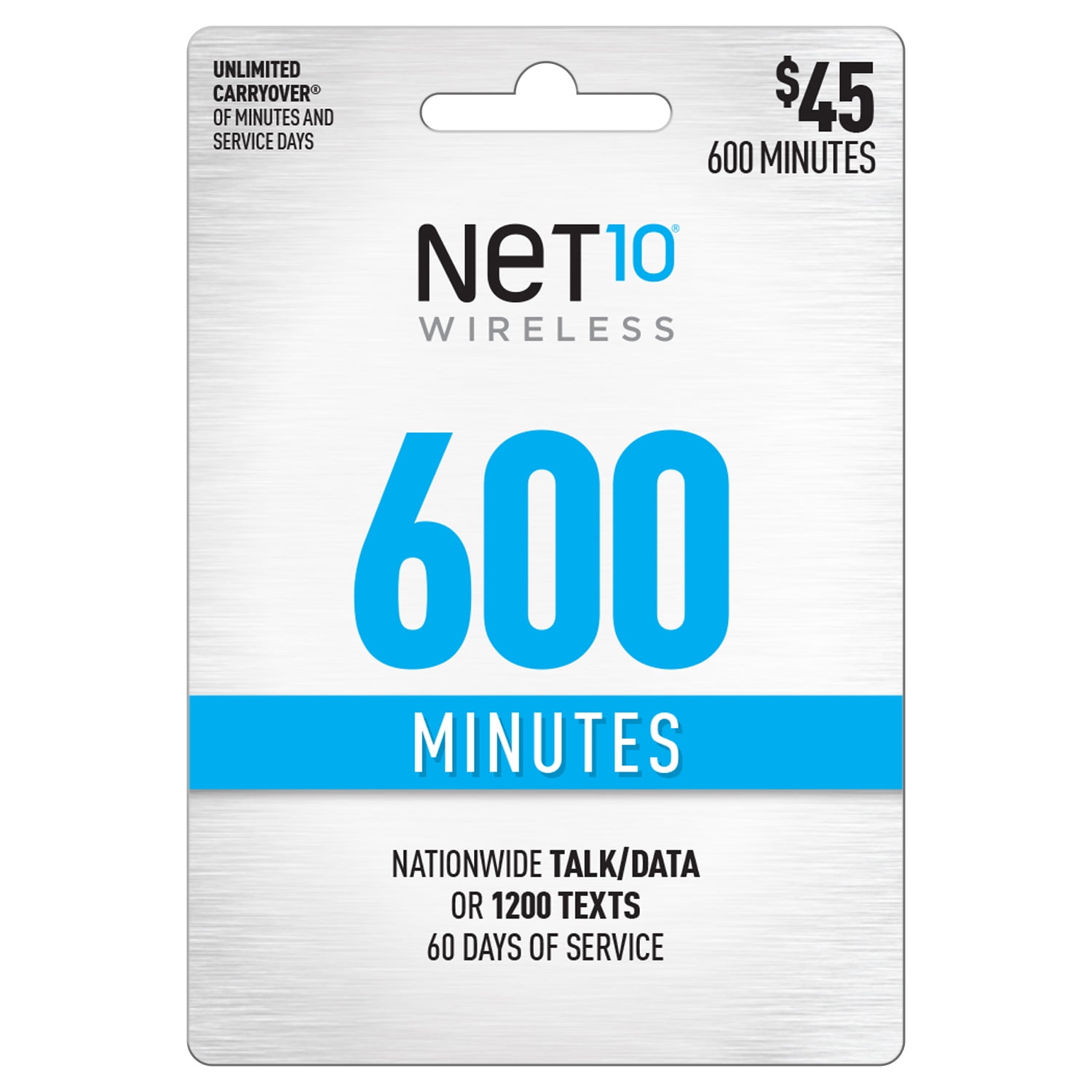

Crammed charges can remain on bills for years. Cramming often goes undetected as very small "mystery charges" – sometimes only $1, $2, or $3 – to thousands of consumers. Make sure you know what service was provided, even for small charges.If you don't know what was provided for a charge listed on your bill, ask your telephone company to explain it before paying it. You may be billed for a call you placed or a service you used, but the description listed on your telephone bill for the call or service may be unclear. Are the rates and line items consistent with the rates and line items that the company quoted to me?.Does my bill include charges for calls I did not place or services I did not authorize?.What services were provided by the listed companies?.


What do cramming charges look like?Ĭramming comes in many forms. Crammers may attempt to place a charge on a consumer's phone bill having nothing other than an active telephone number, which can be obtained from a telephone directory. How does cramming occur?Ĭramming most often occurs when telephone companies allow other providers of goods or services to place charges on their customers' telephone bills, enabling a telephone number to be used like a credit or debit card account number for vendors. The more your mobile phone bill begins to resemble a credit card bill, the more difficult it may become to spot unauthorized charges. Smartphones are sophisticated handheld devices that enable consumers to shop online from wherever they are or charge app purchases to their phone bills.

Wireless consumers should be particularly vigilant. Crammers often rely on confusing telephone bills to trick consumers into paying for services they did not authorize or receive, or that cost more than the consumer was led to believe. The FCC has estimated that cramming has harmed tens of millions of American households.ĭeception is the hallmark of cramming. Cramming is the illegal act of placing unauthorized charges on your wireline, wireless, or bundled services telephone bill.


 0 kommentar(er)
0 kommentar(er)
